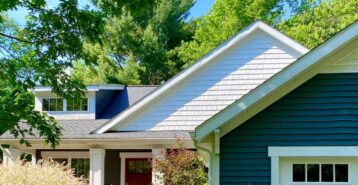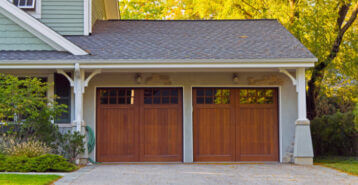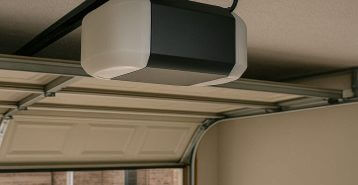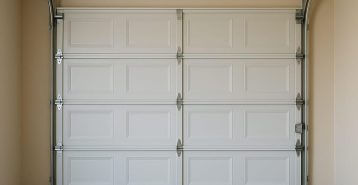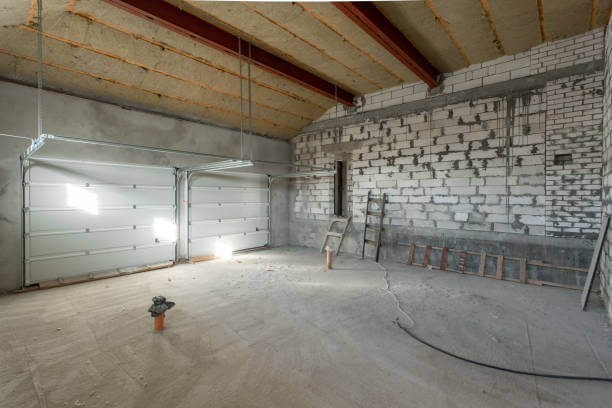Garage Door Replacement Cost Guide
Replacing a garage door is a worthwhile investment that can increase your home’s curb appeal, security, and energy efficiency. Whether you’re updating an old door or looking to enhance your garage with new features, understanding the cost of garage door replacement is crucial for budgeting effectively. This guide breaks down replacement costs by door type, material, and additional factors that may impact the overall expense.
How Much Does it Cost to Replace a Garage Door?
The cost of replacing a garage door depends on several factors, including door type, material, insulation, and labor. On average, homeowners spend between $755 and $1,696 on a new garage door, with a national average cost of around $1,224. However, prices can vary widely, from as low as $400 for basic, non-insulated models to over $3,000 for premium, custom-made doors.
Low-End to High-End Ranges
- Basic Models: $400 to $700
- Standard Replacement: $750 to $1,500
- Premium or Custom Models: $1,500 to $3,500+
Basic garage doors are generally affordable, but customizations such as adding windows, insulation, or decorative finishes can significantly increase the cost. Additionally, labor rates, which can vary depending on your location, also play a role in the total expense.
Cost Breakdown by Garage Door Type
Different types of garage doors are available, each offering unique benefits and price points. Here’s a look at the average replacement costs for common garage door types:
| Garage Door Type | Average Cost Range | Description |
|---|---|---|
| Tilt-Up | $400 to $1,500 | One solid piece that tilts outward before lifting into the garage; popular for simplicity and affordability. |
| Sectional | $750 to $2,500 | Composed of multiple panels that roll up along tracks; offers flexibility and can include insulation options. |
| Roll-Up | $800 to $2,500 | Consists of narrow slats that coil above the door opening; ideal for space-saving and durability. |
| Slide-to-Side | $700 to $1,500 | Slides horizontally along a track; good for garages with low ceilings or unique layouts. |
| Side-Hinged | $1,000 to $2,500 | Opens outward like traditional doors; offers a classic look suitable for vintage or carriage house styles. |
Tilt-Up Garage Doors
Cost: $400 to $1,500
Tilt-up garage doors are a single solid panel that tilts outward and up into the garage when opening. They’re an affordable choice, often found in basic or traditional styles, and generally don’t offer many customization options. Tilt-up doors are best for homeowners seeking simplicity, although they require adequate driveway space to swing open.
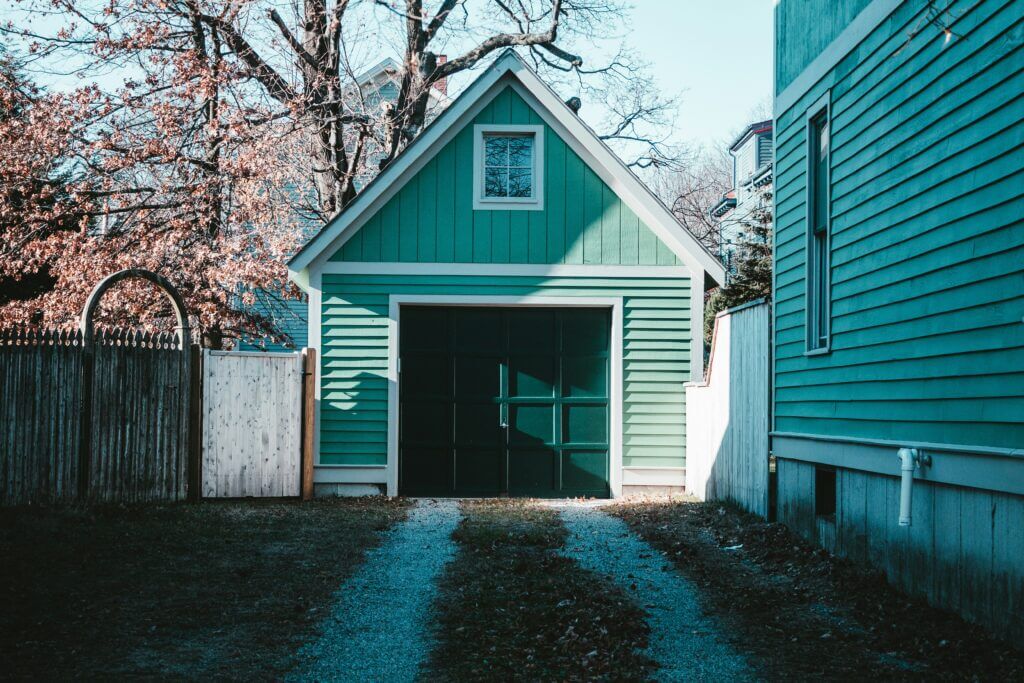
Sectional Garage Doors
Cost: $750 to $2,500
Sectional garage doors are one of the most popular types, consisting of several horizontal panels connected by hinges. These doors offer versatility and can be customized with insulation, windows, or various finishes. Sectional doors are available in a wide range of materials, from affordable steel to premium wood or composite options.
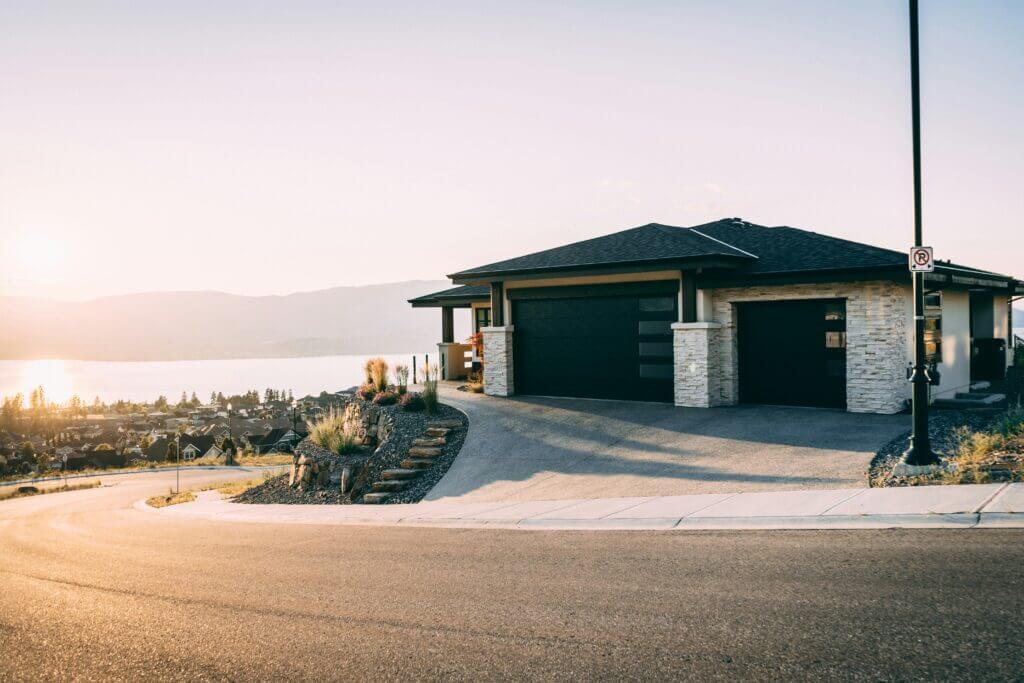
Roll-Up Garage Doors
Cost: $800 to $2,500
Roll-up garage doors are commonly used in commercial settings but are becoming popular in residential garages as well. They consist of narrow horizontal slats that roll up into a coil above the door opening, making them ideal for garages with limited ceiling space. Roll-up doors are often made of durable materials, such as aluminum or steel, to withstand frequent use and harsh weather.
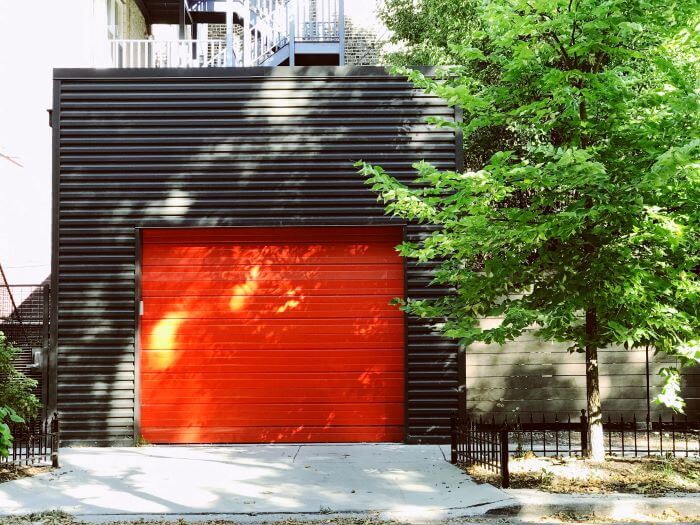
Slide-to-Side Garage Doors
Cost: $700 to $1,500
Slide-to-side doors move horizontally along a track, making them a good choice for garages with low ceilings or limited headroom. These doors are often used in garages with unique layouts and are available in various materials, including steel and wood. However, they do require wall space equal to the door’s width, so proper planning is essential.

Side-Hinged Garage Doors
Cost: $1,000 to $2,500
Side-hinged garage doors swing outward from a hinge on each side, resembling traditional barn or carriage doors. They offer a unique look and work well for homes with a vintage or rustic aesthetic. These doors are commonly made from wood or steel and are best suited for garages with adequate driveway space to allow for full opening.

Factors Influencing Garage Door Replacement Costs
Several key factors can influence the overall cost of a garage door replacement:
Material Selection
Garage doors are available in a variety of materials, each with different price points and benefits:
- Steel: Durable and low-maintenance, steel is a popular choice for its affordability and strength. Steel doors can be insulated and come in a range of styles, from basic to custom finishes.
- Wood: Offers a natural, classic appearance but requires more maintenance. Wood doors are often more expensive due to material costs and upkeep.
- Aluminum: Lightweight and resistant to rust, aluminum is a good option for wider doors. However, it can dent more easily than steel.
- Fiberglass: Resistant to denting and cracking, fiberglass is ideal for coastal areas. It can mimic the look of wood but may be less insulating.
- Vinyl: Durable and low-maintenance, vinyl doors are resistant to dents and scratches, making them a good choice for families with kids or pets.
Insulation
Insulated garage doors are more energy-efficient, helping regulate the garage temperature and reducing energy costs, especially if the garage is attached to the home. Insulated doors generally cost more upfront but can save on energy bills in the long term, making them a good investment for homeowners in regions with extreme temperatures.
Customization and Design
Custom features, such as decorative windows, carriage-style accents, and specialty finishes, can increase the cost of a garage door replacement. Doors with unique finishes or intricate designs are generally more expensive due to the additional labor and materials required.
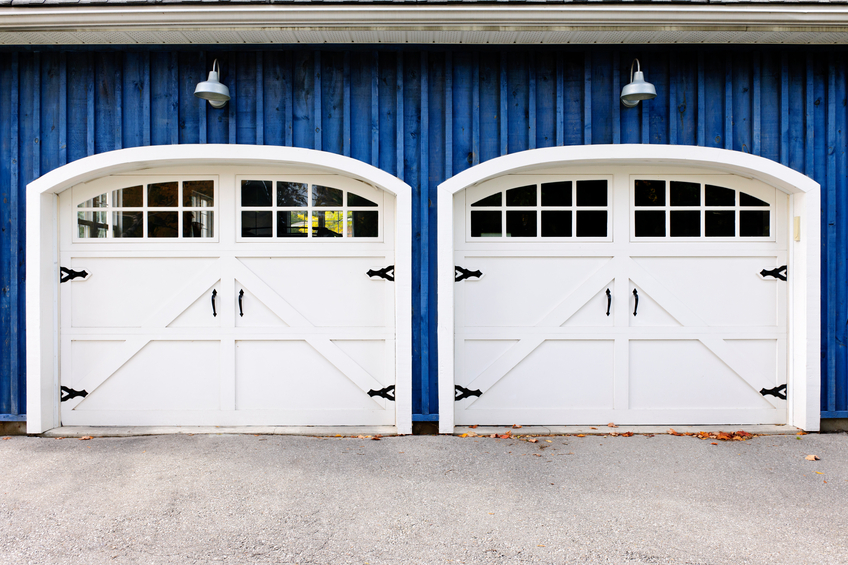
Labor Costs
Labor costs for garage door installation can vary by region. Urban areas or regions with a higher cost of living may have increased labor rates, affecting the total price. Installation complexity, such as removing an old door, installing insulation, or reinforcing structural elements, can also increase labor costs.
Additional Features
Modern garage doors can be equipped with added features for convenience and security:
- Smart Technology: Adding smart openers, remote access, and monitoring options can increase the cost but adds convenience and security.
- High-End Openers: Quiet openers with advanced features, such as battery backup, often cost more but improve the functionality of your garage door system.
- Enhanced Security Systems: Options like keyless entry, motion detectors, and advanced locks can add security but come at an extra cost.
How to Save Money on Your Garage Door Replacement
Replacing a garage door can be a significant investment, but there are ways to keep costs manageable. Here are some tips to help you save money on your garage door replacement:
- Choose a Standard Size: Custom garage doors can increase costs by up to 50% compared to standard sizes. If possible, stick with standard garage door dimensions, which are more readily available and less expensive.
- Opt for Affordable Materials: Steel and aluminum are often more affordable than wood or custom materials, while still providing durability and security. Steel doors, for example, can be insulated and customized to mimic wood grain at a fraction of the cost.
- Skip Excessive Customization: While decorative windows, specialty finishes, and unique designs can add visual appeal, they can also drive up the price. To save money, focus on essential features and skip costly add-ons. Many doors come with basic style options that still look great and offer good functionality.
- Consider Basic Insulation: If you live in a mild climate, choosing basic insulation rather than high-performance options can save money. However, if you use your garage for storage or work, moderate insulation may offer a good balance of cost and energy savings.
- Look for Sales and Promotions: Many garage door companies offer seasonal sales, discounts, or financing deals. By shopping during a sale or using available promotions, you can often save on both the door and installation fees.
- Reuse Existing Hardware: If your current tracks, opener, or other hardware are in good condition, reusing them can help reduce replacement costs. Just ensure that they are compatible with your new door and that they meet safety standards.
- DIY Painting or Finishing: For wood or unfinished steel doors, painting or staining the door yourself can save on labor fees. Just ensure you have the right materials and tools to get a durable, professional finish.
- Compare Quotes: Always get quotes from multiple garage door suppliers or contractors. Comparing prices can help you find the best deal, and some companies may be willing to match or beat competitors’ pricing.
Choosing the Right Garage Door Replacement for Your Budget
Selecting a new garage door is an important decision that combines function, style, and budget. With options ranging from basic, budget-friendly doors to high-end custom models with smart features, there’s a replacement solution for every home and budget. Consider the door type, material, insulation, and additional features to find the best fit for your needs. Investing in a quality replacement can boost curb appeal, improve energy efficiency, and enhance security, making it a worthwhile upgrade for your home. With the right planning, your garage door replacement will be a valuable improvement that adds both beauty and functionality for years to come.


